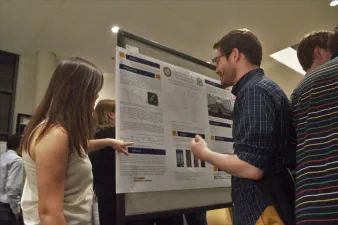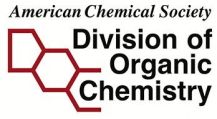Among the sciences, few fields have evolved as much as that of organic chemistry. Forty years ago the field was arguably hostile to women, people of color were few and largely absent from all positions of authority. Much has changed in that time but much more remains to be done. A survey last year found that only 4.6% of the chemistry graduate students in the United States are Black or African American. [1] This clearly does not reflect the racial mix of the U.S. population, which includes more than 13% Black or African American citizens [2]. We are also appalled by the racist and sexist words of Tomáš Hudlický. We were saddened, angered and shocked to see this article released by ACIE. We are glad to see the community response but this further highlights that much more remains to be done.
Over the past week there have been statements of solidarity to support the Black community in the scientific communities. This is a key time to move beyond words to engage collectively to translate our statements and thoughts into actions. There is much work to be done. We want to acknowledge the important momentum in our society and contribute to plans of action that can lead to real and long-lasting change.
The Division of Organic Chemistry Executive Committee endorses ShutDownSTEM, a grassroots movement started by a group of physicists that aims to “transition to a lifelong commitment of actions to eradicate anti-Black racism in academia and STEM.”
The AAAS has also acknowledged and supports #ShutDownSTEM, stating: “It is time to stop what we’re doing, take time to listen to our friends and colleagues, and commit ourselves to taking the actions needed to bring about real and lasting change.”
We encourage individuals and research groups to consider observing in some way #ShutDownSTEM on Wednesday June 10. This is an important time for us all to engage in self-reflection and move towards greater action.
Please know that the Executive Committee is indeed working on more specific action plans to further support Black chemists and other chemists of color beyond our current initiatives. To summarize some recent examples, the ORGN division has been a leader in addressing harassment at ACS meetings (the signs that appeared at our Orlando meeting arose from efforts between our division and MEDI) and we require all DOC programming to have diverse speakers. We also seek out diverse faculty to nominate for awards. We are in the process of organizing a symposium to be held in Atlanta to recognize remarkable Black organic chemists, similar to events we have organized for women and the LGBTQ community. While we are not perfect, we have acted deliberately to improve diversity in our community and will continue to do so in the future.
Please continue to share with us your ideas and comments during this important time.
DOC Executive Committee
[1] Andrea Widener “Chemist diversity by the numbers” Chem. Eng. News 2019, 97, #15. (Link)
[2] https://www.census.gov/quickfacts/fact/table/US/PST045219




